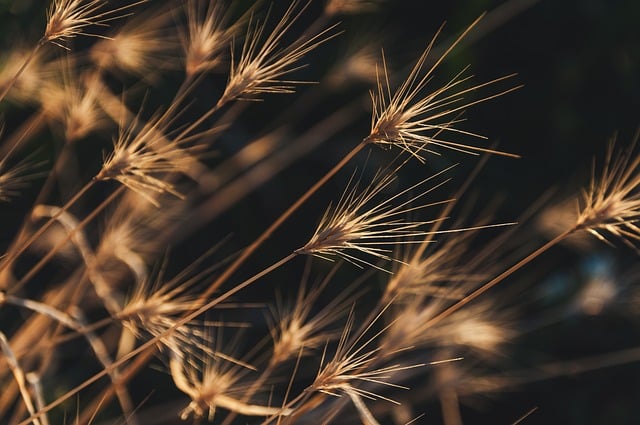Artificial grass has undergone a transformation, evolving from a synthetic alternative to natural turf into an eco-conscious solution that prioritizes sustainability. This shift is marked by the use of environmentally friendly materials, which have reduced the carbon footprint and environmental impact associated with traditional grass maintenance. The industry now emphasizes sustainable practices in manufacturing, using recyclable and non-toxic substances to minimize ecological harm. Enhancements in durability have extended the lifespan of artificial turf, lessening resource consumption and waste. Artificial grass is increasingly incorporating sustainable infill materials like coconut husks or recycled tire crumb rubber, and pioneering recycling technologies ensure that it can be fully recycled at end-of-life. This closed-loop system not only supports a circular economy but also offers significant environmental advantages over natural grass, particularly in water conservation, eliminating the need for irrigation and reducing air and water pollution from lawn care equipment. The adoption of artificial grass across various sectors showcases its role as a sustainable alternative that maintains visual appeal without the ecological footprint of natural grass, aligning with global sustainability goals. Keywords: artificial grass, turf, sustainability, eco-friendly, recyclable, water conservation, closed-loop system.
Exploring the intersection of sustainability and outdoor aesthetics, this article delves into the advancements and benefits of environmentally friendly artificial grass, also known as eco-turf. From its evolution marked by material innovations and sustainability practices to its role in environmental conservation, the piece covers the multifaceted impact of artificial turf on green spaces. We’ll examine how proper installation and maintenance contribute to its long-term sustainability, and highlight the significance of recycling initiatives that minimize its carbon footprint. Real-world case studies illustrate the tangible environmental benefits of this modern turf solution, making a compelling case for its role in contemporary landscaping.
- The Evolution of Eco-Friendly Artificial Turf: Material Innovations and Sustainability Practices
- Benefits of Artificial Grass for Environmental Conservation
- Installation and Maintenance: Ensuring Your Synthetic Lawn Remains Green and Sustainable
- The Role of Recycling in Artificial Turf: Reducing the Carbon Footprint
- Case Studies: Real-World Examples of Environmentally Friendly Artificial Grass Applications
The Evolution of Eco-Friendly Artificial Turf: Material Innovations and Sustainability Practices
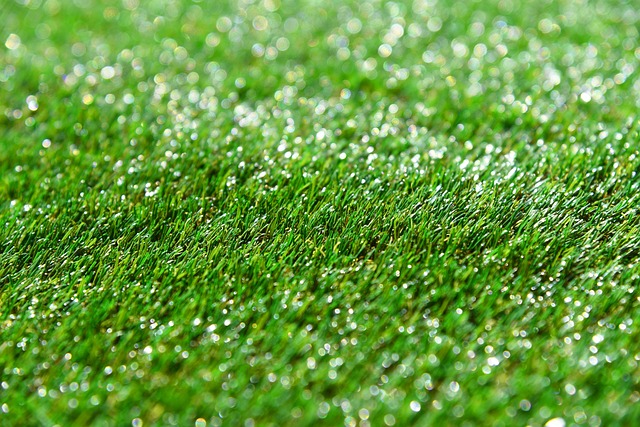
Artificial grass has undergone significant transformations over the years, evolving from a simple imitation of natural turf to a sophisticated, environmentally sustainable solution that addresses contemporary ecological concerns. The evolution of artificial turf has been marked by advancements in materials, with manufacturers increasingly focusing on eco-friendly options. These innovations not only reduce the carbon footprint but also minimize the environmental impact associated with traditional grass maintenance, such as water usage and chemical applications. The shift towards sustainability is evident in the adoption of recyclable components and non-toxic substances in the production process. Additionally, the lifespan of eco-friendly artificial turf has been extended through enhanced durability, ensuring a reduced need for frequent replacements and further contributing to resource conservation.
In parallel with material innovations, sustainability practices have become integral to the manufacturing and installation of artificial turf. Companies are now prioritizing the use of infill materials that are not only safe for both humans and pets but also derived from renewable resources. For instance, rubber and plastic-based infills are being replaced with alternatives like coconut husks or tire-derived crumb rubber, which can be recycled. These practices align with broader environmental goals, such as the reduction of waste and the promotion of circular economy principles. Furthermore, the industry is actively exploring new technologies that facilitate the recyclability of artificial turf at the end of its useful life, ensuring a closed-loop system that minimizes environmental degradation and promotes sustainability in sports and landscaping applications.
Benefits of Artificial Grass for Environmental Conservation
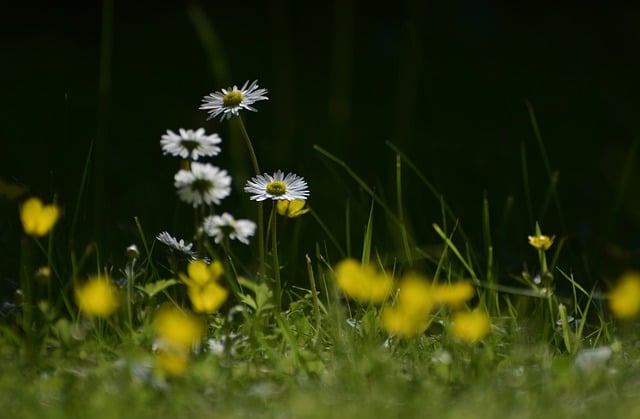
Artificial grass, or turf, presents a multitude of environmental benefits that align with conservation efforts. Unlike natural grass, artificial grass requires no irrigation, thus eliminating water usage and the potential for water contamination often associated with fertilizers and pesticides. This reduction in water consumption is particularly significant in regions experiencing drought, where preserving every drop is crucial. The durability of turf also means that it does not need to be replaced frequently, reducing waste and the environmental impact associated with manufacturing and installing new natural grass fields.
Moreover, artificial grass systems are designed with permeable backing, which allows rainwater to filter through and recharge groundwater supplies. This feature contrasts sharply with traditional lawns where runoff can lead to soil erosion and water pollution. Additionally, the absence of maintenance-related emissions from mowers and trimmers means a significant reduction in air pollution. The substitution of artificial grass for natural grass in various settings, including residential yards, commercial landscapes, and sports fields, is a testament to its role as an environmentally friendly option that promotes sustainable practices without compromising on the aesthetic appeal of greenery.
Installation and Maintenance: Ensuring Your Synthetic Lawn Remains Green and Sustainable
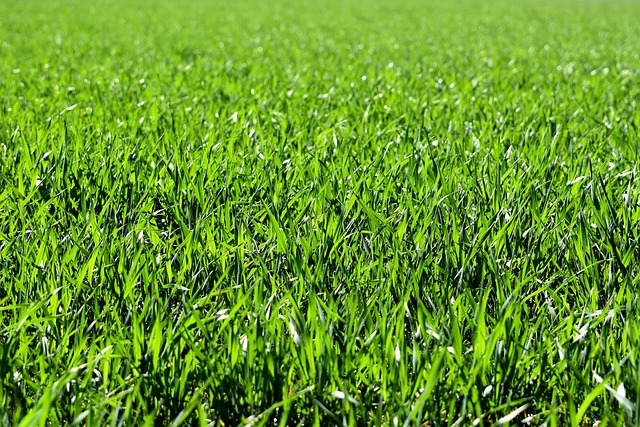
When transitioning to an environmentally friendly artificial grass system like turf, understanding proper installation and maintenance practices is key to preserving its sustainability benefits. The installation process should prioritize minimizing soil disturbance to maintain ecosystem integrity, using eco-friendly materials where possible. This can include the use of infill made from recycled materials that are safe for both the environment and human health. Regular maintenance, such as carefully cleaning the turf with non-toxic cleaners and inspecting and repairing any damaged areas promptly, ensures longevity and prevents the need for premature replacement. Additionally, choosing a turf product that is manufactured with a commitment to reducing water usage and carbon footprint aligns with the sustainability goals of an environmentally conscious homeowner or institution.
Maintaining your artificial grass involves more than just occasional cleaning; it’s about sustaining its green appearance and environmental benefits over time. To keep your turf looking lush and vibrant, periodic brushing is essential to stand up the fibers and prevent matting. This encourages light penetration and airflow underneath the turf, which is crucial for the health of the underlying soil and any natural vegetation you wish to preserve. Furthermore, selecting a turf product that includes a smart drainage system can further enhance its green credentials by efficiently managing water runoff, thus reducing the risk of localized flooding and promoting groundwater recharge.
The Role of Recycling in Artificial Turf: Reducing the Carbon Footprint
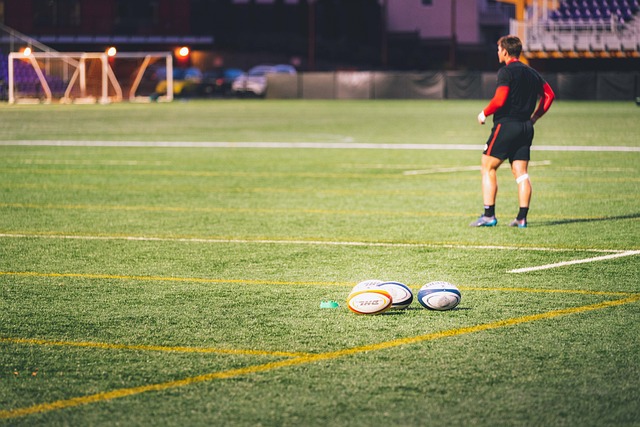
Artificial grass has become an increasingly popular alternative to natural turf, offering a low-maintenance, aesthetically pleasing solution for both residential and commercial landscapes. As environmental concerns continue to mount, the focus on sustainable practices in the production and disposal of artificial turf is paramount. Recycling plays a pivotal role in this process, significantly reducing the carbon footprint associated with these products. By repurposing materials from old artificial grass installations, manufacturers can minimize waste and conserve resources, thereby aligning with eco-friendly practices. The recycled content in new turf not only extends the lifecycle of the materials but also lessens the environmental impact of manufacturing, as energy consumption and emissions are diminished. This commitment to sustainability ensures that artificial grass remains a responsible choice for environments where water conservation and maintenance-free landscaping are critical.
The integration of recycled materials into new artificial turf is a testament to the industry’s dedication to environmental stewardship. Advanced recycling technologies enable the reclamation of components such as rubber infill, synthetic fibers, and backing materials, which can then be used in the production of new turf. This closed-loop system effectively reduces landfill waste and the need for virgin materials. Moreover, the durability and longevity of recycled artificial grass contribute to a smaller carbon footprint over time, making it an even more compelling option for those seeking environmentally conscious solutions in landscape design. The widespread adoption of these recycling initiatives has the potential to significantly enhance the sustainability profile of artificial turf, underscoring its role as an eco-friendly surface option.
Case Studies: Real-World Examples of Environmentally Friendly Artificial Grass Applications
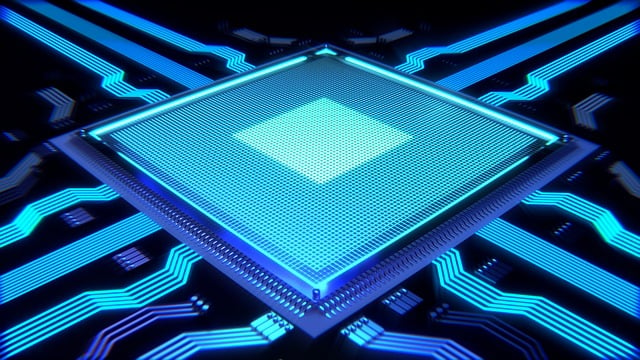
In recent years, environmentally friendly artificial grass has gained prominence as a sustainable alternative to natural grass in various settings. For instance, municipalities have begun to install eco-conscious turf in public parks and playgrounds, reducing the need for frequent watering and maintenance while providing safe, all-weather playing surfaces. A case in point is the city of Xylonito, Greece, where the local government replaced natural grass with synthetic turf in several recreational areas, resulting in significant water conservation and minimal upkeep costs. The turf used is designed with a recyclable infill and is made from materials that do not contain harmful chemicals, thus mitigating environmental impact.
Another notable application of environmentally friendly artificial grass can be seen in residential landscaping. Homeowners are opting for sustainable turf options to maintain their gardens and lawns without the environmental strain of traditional care. A prime example is the residential community of GreenMeadows, where the homeowners’ association chose to install a type of artificial turf that is both lead-free and made from recycled materials. This choice has not only reduced water usage by 100% but also eliminated the need for harmful pesticides and fertilizers, contributing positively to local biodiversity and soil health. These real-world examples underscore the potential of artificial grass to serve as an environmentally friendly solution in various applications, offering a durable, low-maintenance alternative that aligns with sustainability goals.
In recent years, artificial grass has undergone significant transformations, transitioning from an energy-intensive product to a sustainable and eco-friendly alternative. This shift has been driven by material innovations and the adoption of sustainability practices in its production, which collectively contribute to environmental conservation. The benefits of this synthetic turf extend beyond traditional lawns, offering water savings, reduced maintenance needs, and longevity without compromising aesthetics. Through responsible installation and ongoing maintenance, artificial grass can remain a green solution for years to come. Moreover, the integration of recycling processes within the lifecycle of artificial turf plays a pivotal role in mitigating its carbon footprint. The case studies presented underscore the real-world effectiveness and versatility of environmentally friendly artificial grass, demonstrating its potential to revolutionize landscapes while preserving our planet’s precious resources. As such, it is clear that artificial turf stands as a viable option for those seeking to merge functionality with environmental stewardship.
